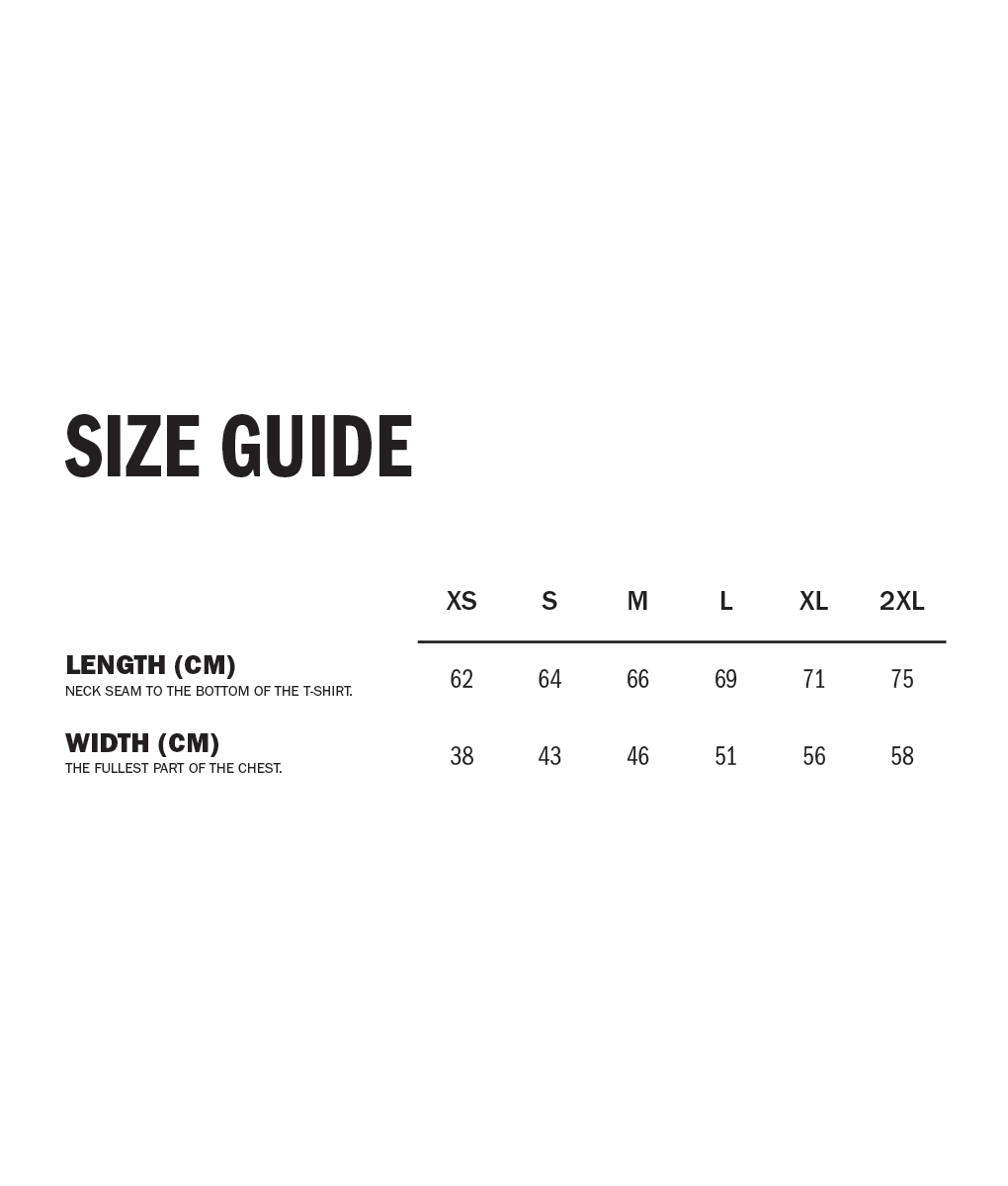

Wanna say 1800-ish, but I don't remember, before pritchel holes anyways. And then sometimes you just end up guessing.Ĭutting steps became popular early 19th century. 185 Likes, 2 Comments - VintageToolworks (vintagetoolworks) on Instagram: Some more pics of an early forged John Brooks anvil, approx 54 lbs. Anvils were working mans tools, and were not kindly wrapped in foam for a long overseas voyage, not finished like a piece of fine furniture. Under that will be 3 sets of numbers in a row, standard anvil weight practice. Broken heels/horns are common to Fosters. The markings are not cast, rather simply stamped on the side where your tape runs vertically.
Anvil weight markings 391 serial number#
Actually the number on the front of the foot is the serial number and the book Anvils in America by by Richard Postman indicates that the serial number 15136 was manufactured in 1894. Shaped depressions on the bottom, the faint outline of logos on a cast anvil (fishers especially). What appears to be a '110' stamped on the side below the Hay Budden stamp would be the weight of the anvil in pounds. Hundredweight markings are a dead giveaway. Stepped feet? Probably Peter Wright, Sharp angle on the corners and a squarish feel, often an english wrought iron brand. A general shape is a good guideline, like the skinny waists on trentons and hay buddens. You learn to look at the overall general dimensions. Say Peter Wright, Mousehole, Foster, Brooks, Hay Budden, Trenton, Southern Crescent, Vulcan, Fisher, Kohlsa, Columbians. There's not an overwhelming number of the common brands in America, maybe a dozen or so, although even they varied in make. There are literally hundreds of makers out there, but some are much more common. Good, bad, and ugly.It's like looking at old cars. I don't know every antique out there, but I know a Pontiac's split grill when I see one, you just build up familiarity by reading up and looking at a bunch of them. Turns out they were open and squeezed me in.and called me stupid. So rather than drive home, I decided I’d go straight to my chiropractor. It was then I realized I had gained a new burning sensation in my lower back. Did I mention I drive a Cadillac? I had already popped the trunk so a short 45’ walk.holy xxxx this is heavy, and it was in the trunk. 453 Anomalous occultations, 11, 111 Anthropology, 57 Anvil, block for. I got it in the air and headed to the car. 577 small, 164 Acetate of iron, 391 Acetylene : 41, 69, 91, 140 gas. Well let’s just say I don’t spend much time working out these days. I handed him the cash and bent down to pick up my new anvil. When I saw it I knew two things, one it wasn’t 75 pounds, two it was going to be mine. A local guy replied and said his dad had this 75 pound anvil parked in his side yard. I placed an ad in Facebook Marketplace that said I was looking for old/forgotten/abused anvils. indentation on the bottom of the anvil, (actually a fairly thin rim. weight it is probably this lot number) Another sign of the Hay-Budden is the 'hourglass shape' of the. used in its construction so if the 157 is not indicative of the. I decided having an old anvil like my ferrier mentor would be cool. a 1-3 digit stamp that is believed to refer to the lot of steel. I’m now in my 60’s and do some metal work in my shop. He always carried an anvil in the trunk of his car to cold shape shoes. Dimensions (mm) and weight (g) of the experimental anvils before and after. I kinda feel guilty telling you what I paid but it was $50.Īs a young man I worked for a ferrier. We shoed horses on the weekend. Our results indicate that abrasion marks on anvil surfaces are typical of nut. I have been interested in this craft since the 70's and finally I am getting started ! Thanks to all who share their wealth of knowledge, information and experiences posted to this. Next step will be to cut an appropriate size log to mount it on. I used a twisted wire wheel in a angle grinder to remove some light rust and then wiped it lightly with boiled linseed oil. The surface has no defects and it rebounds very well. The bottom is hourglass shaped and recessed with what I think is a cast mark or seam in the middle. There does appear to be a sideways H stamped on the side of the horn however. The anvil has what looks like a Trenton brand in a diamond on the side but does not have any discernable markings on the front foot. My understanding is that I may be just the second owner of this anvil and that it was primarily used for farrier work at Laurel Race Track in my home state of Maryland. I have been reading the posts on Trenton and other anvils extensively and would really like to determine if this Trenton was imported or American made and to ballpark how old it is. I just acquired this as my first anvil and would like to learn as much as I can about it.


 0 kommentar(er)
0 kommentar(er)
